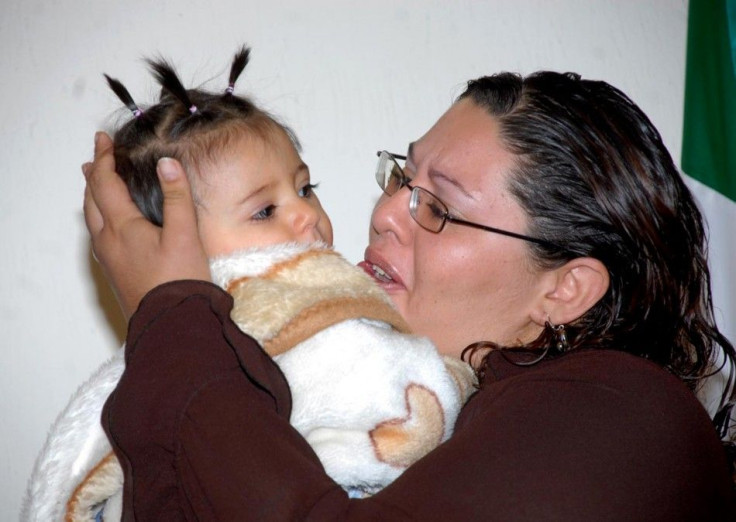Why The UN Report Shows One In 3 Children Being Abused In Global Human Trafficking

While the number of children in the human trafficking racket has increased from one in five to one in three in the last ten years, according to a recent UN report, the traffickers convicted for the crime is "extremely low," according to rtnews.com.
In its latest report, released on Monday, the United Nations Office on Drugs and Crime (UNODC) said that the child trafficking figure has shot up in Africa and the Middle East, which constitutes two-thirds of all such trafficking cases. Even though its survey is only a "tip-of-the-iceberg" official compilation, the figures at least can give an idea of the scale of the problem. "Unfortunately, the report shows there is no place in the world where children, women and men are safe from human trafficking," said UNODC Executive Director, Yury Fedotov.
One of the areas children are trafficked include child soldiering, which is a form of exploitation in regions where there are conflicts. Most of such cases are found in Africa, where diverse armed groups of Central and West Africa use and abuse children, UNODC says. The UN office is based in Vienna, and got a sanction from the General Assembly to collect information and publish a global report on trafficking every two years, according to NYTimes.
According to the 2014 UNICEF statistics, about 6,000 children have been recruited by armed groups in the Central African Republic. In the Democratic Republic of the Congo, the United Nations Organization Stabilization Mission recorded that 996 children were taken in over 20 months in 2012-2013. Not just Congolese, but even children from neighboring countries have been recruited, for these groups are mobile and span the whole of the Central African region. In the Middle East and South America too children are open to exploitation.
Armed conflicts show a quick rise in human trafficking and escaping war zones becomes easier for recruiters. For instance, in Syria, in 2011-2013, eight countries in the world report have found Syrian victims. This was a rare phenomenon before the armed conflicts started in this country in 2011.
Moreover, about 30 percent of the traffickers are comprised of women. According to Kristiina Kangaspunta, chief of the UNODC's Global Report on Trafficking in Persons Unit, the main reason for this is that the queries are based on the victims' testimonies, so that the low-ranking female traffickers are most likely to be caught and punished, while the men at the top are not seen or known, said Kangaspunta. For other types of crime, the number of female convicts is two or three times lower.
While almost 53 percent of the victims suffer sexual exploitation, the forced labor victims is also increasing and is 40 percent at present. The International Labour Organization (ILO) has recently estimated the profits from this to be $150 billion annually.
The main reason for the forced labor could be that it is a crime where "impunity prevails," according to the UNODC. About 15 percent of the 128 countries surveyed did not record a single conviction for human trafficking, even as 40 percent of the countries reported just 10 or more annual convictions each.
Meanwhile, Australia too seems to be engaging in human trafficking, especially in areas such as hospitality, construction and domestic work, according to Associate Professor Jennifer Burn from the University of Technology, Sydney.





















